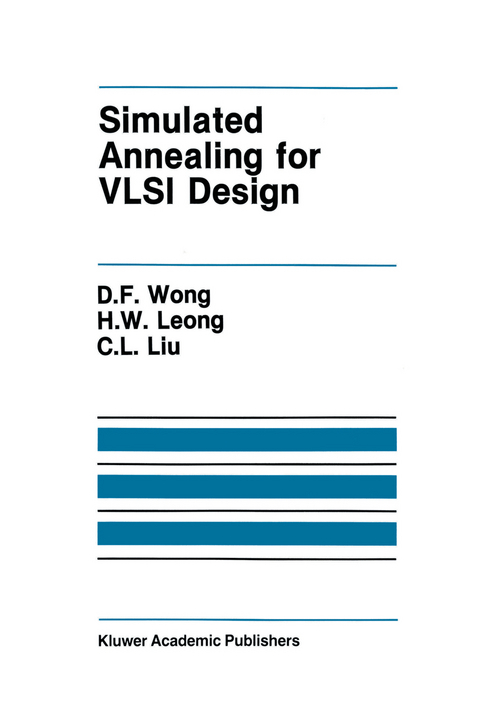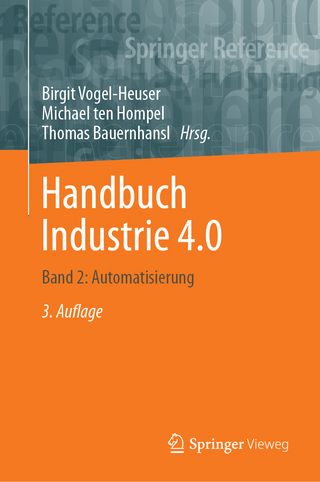
Simulated Annealing for VLSI Design
Springer-Verlag New York Inc.
978-1-4612-8947-0 (ISBN)
1. Introduction.- 1.1. Combinatorial Optimization.- 1.2. The Method of Simulated Annealing.- 1.3. Remarks.- 2. Placement.- 2.1. Introduction.- 2.2. Gate-Array Placement.- 2.3. Standard-Cell Placement.- 2.4. Macro/Custom-Cell Placement.- 2.5. Other Stochastic Algorithms.- 2.6. Concluding Remarks.- 3. Floorplan Design.- 3.1. Introduction.- 3.2. Part 1: Rectangular Modules.- 3.3. Part 2: Rectangular and L-Shaped Modules.- 3.4. Concluding Remarks.- 4. Channel Routing.- 4.1. Introduction.- 4.2. The Channel Routing Problem.- 4.3. The Channel Router SACR.- 4.4. The Channel Router SACR2.- 4.5. Experimental Results and Discussion.- 4.6. Concluding Remarks.- 5. Permutation Channel Routing.- 5.1. Introduction.- 5.2. Motivation and Applications.- 5.3. NP-Completeness Results.- 5.4. First Method — Simulated Annealing.- 5.5. Second Method — Iterative Improvement.- 5.6. Experimental Results.- 5.7. Concluding Remarks.- 6. PLA Folding.- 6.1. Introduction.- 6.2. The PLA Folding Problem.- 6.3. The PLA Folding Algorithm.- 6.4. Multiple-Folded PLA Realization.- 6.5. Constrained Multiple Folding.- 6.6. Simple Folding.- 6.7. Experimental Results and Discussions.- 6.8. Concluding Remarks.- 7. Gate Matrix Layout.- 7.1. Introduction.- 7.2. Problem Formulation.- 7.3. Generalized Problem Formulation.- 7.4. Advantages of the Generalized Formulation.- 7.5. The Simulated Annealing Method.- 7.6. Experimental Results.- 7.7. Concluding Remarks.- 8. Array Optimization.- 8.1. Introduction.- 8.2. The Array Optimization Problem.- 8.3. Definitions.- 8.4. The Array Optimization Algorithm.- 8.5. Experimental Results.- 8.6. Concluding Remarks.- References.
| Reihe/Serie | The Springer International Series in Engineering and Computer Science ; 42 |
|---|---|
| Zusatzinfo | XII, 202 p. |
| Verlagsort | New York, NY |
| Sprache | englisch |
| Maße | 155 x 235 mm |
| Themenwelt | Sachbuch/Ratgeber ► Natur / Technik ► Garten |
| Informatik ► Weitere Themen ► CAD-Programme | |
| Mathematik / Informatik ► Mathematik ► Analysis | |
| Technik ► Elektrotechnik / Energietechnik | |
| ISBN-10 | 1-4612-8947-5 / 1461289475 |
| ISBN-13 | 978-1-4612-8947-0 / 9781461289470 |
| Zustand | Neuware |
| Informationen gemäß Produktsicherheitsverordnung (GPSR) | |
| Haben Sie eine Frage zum Produkt? |
aus dem Bereich


